Integrated Traditional Chinese and Western Medicine Center
The Center for Integrated Traditional Chinese and Western Medicine of Beijing Ditan Hospital, a National Tier-1 TCM Discipline accredited by the National Administration of Traditional Chinese Medicine, stands at the forefront of hepatology innovation. The Center is a key specialty of traditional Chinese medicine liver disease, a national regional center for traditional Chinese medicine liver disease diagnosis and treatment, a key specialty for major epidemic prevention and control in Beijing, a flagship department for the collaboration of traditional Chinese and Western medicine in Beijing, a construction unit for the transformation of traditional Chinese medicine scientific and technological achievements and intellectual property protection in Beijing, and the leading unit of the North China Traditional Chinese Medicine Liver Disease Specialty Alliance.
In recent years, the rapid development of integrated TCM-Western medicine has significantly enhanced clinical diagnosis and treatment capabilities. The Center has accumulated extensive experience in the integrated management of viral hepatitis, autoimmune liver diseases, severe liver diseases, liver cirrhosis and its complications, liver tumors, liver diseases complicated by glycolipid metabolic disorders, and emerging infectious diseases. It has achieved multiple innovative scientific research outcomes and developed distinctive integrated diagnosis and treatment protocols.
The Center enjoys a high reputation in the field, with nine its members hold positions of vice chair or higher in national academic societies. It has led the development of eight guidelines for TCM or integrated TCM-Western medicine on conditions such as cirrhotic ascites and liver failure. As a doctoral training site for integrated medicine at Capital Medical University and TCM internal medicine at Beijing University of Chinese Medicine, the Center undertakes multi-level educational responsibilities, including undergraduate, postgraduate, and continuing medical education. Over the past five years, it has conducted 32 research projects funded by institutions such as the National Natural Science Foundation of China, and received five provincial-level awards including the First Prize of the Science and Technology Award from the China Association of Chinese Medicine, secured 13 patents, transformed four scientific achievements into clinical applications, and published 158 research papers, including 76 SCI-indexed articles.




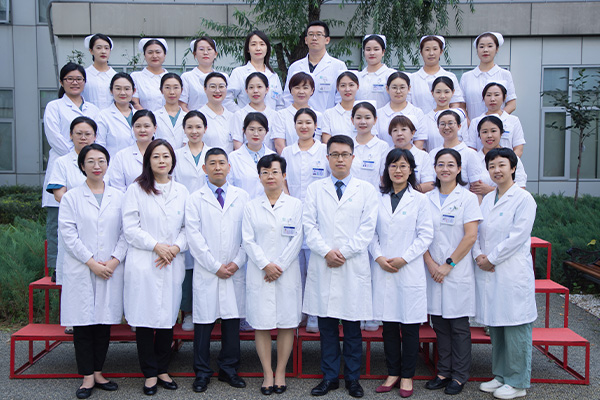
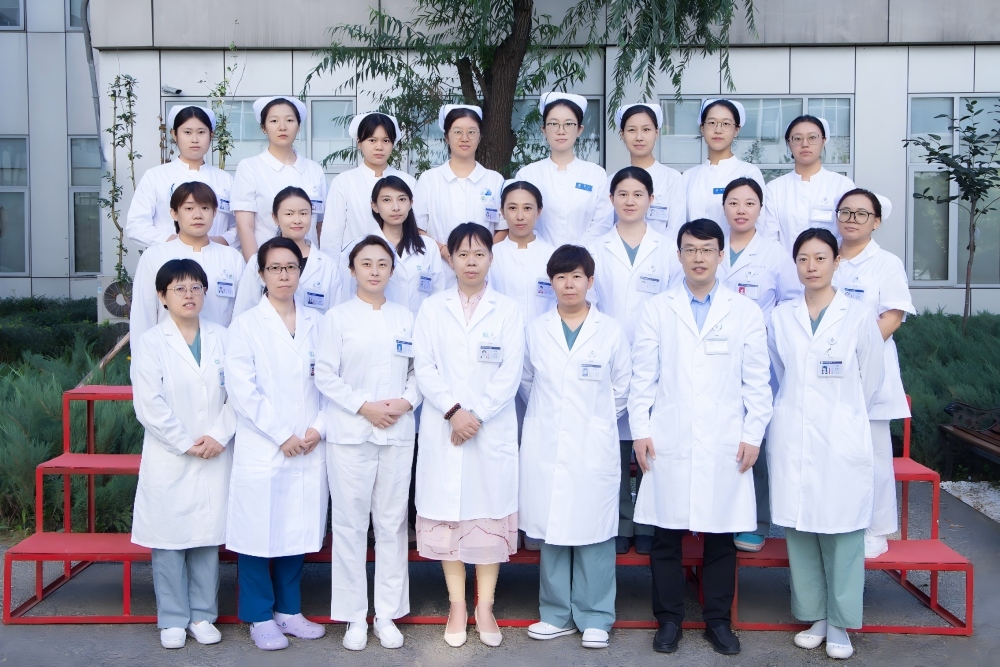
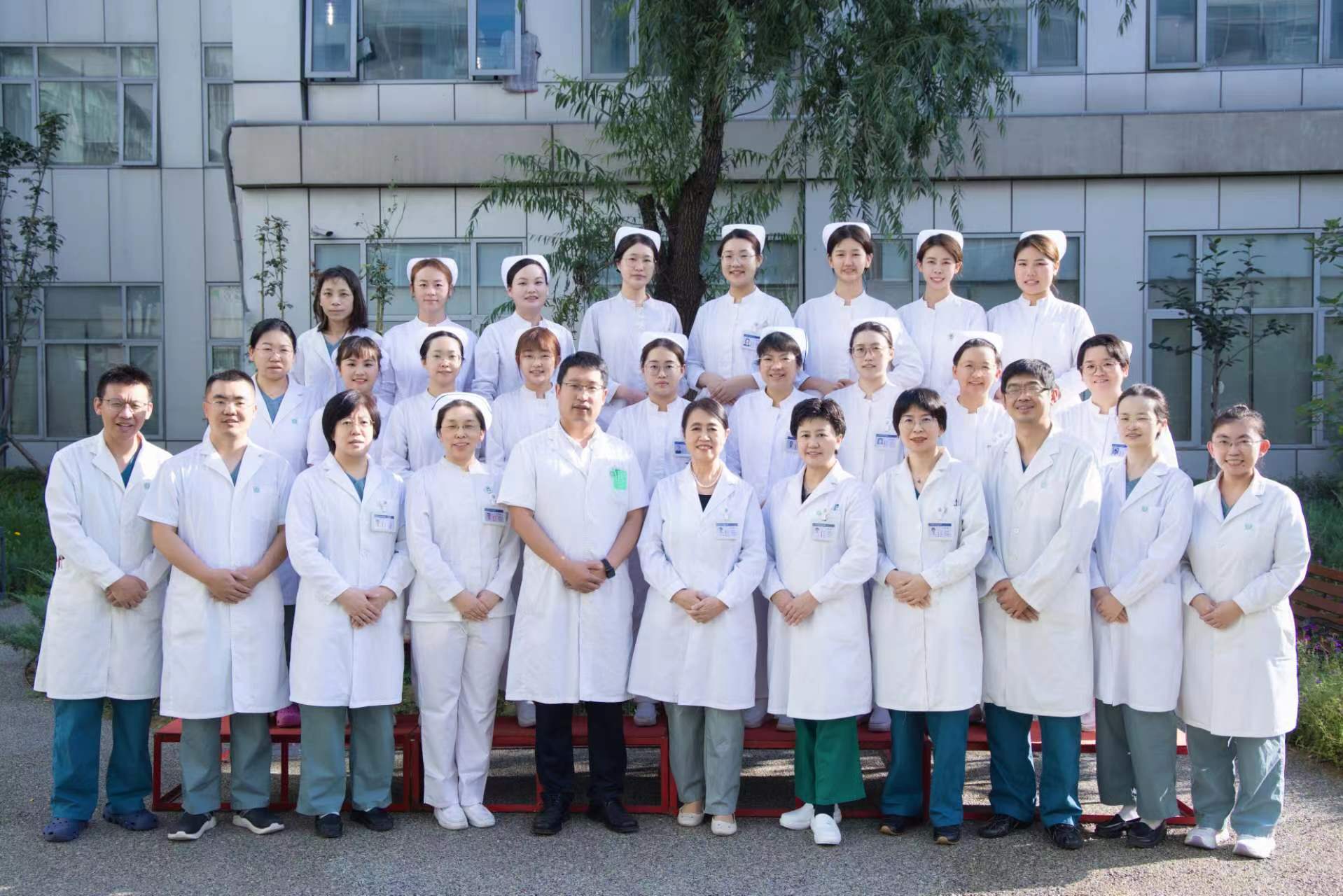
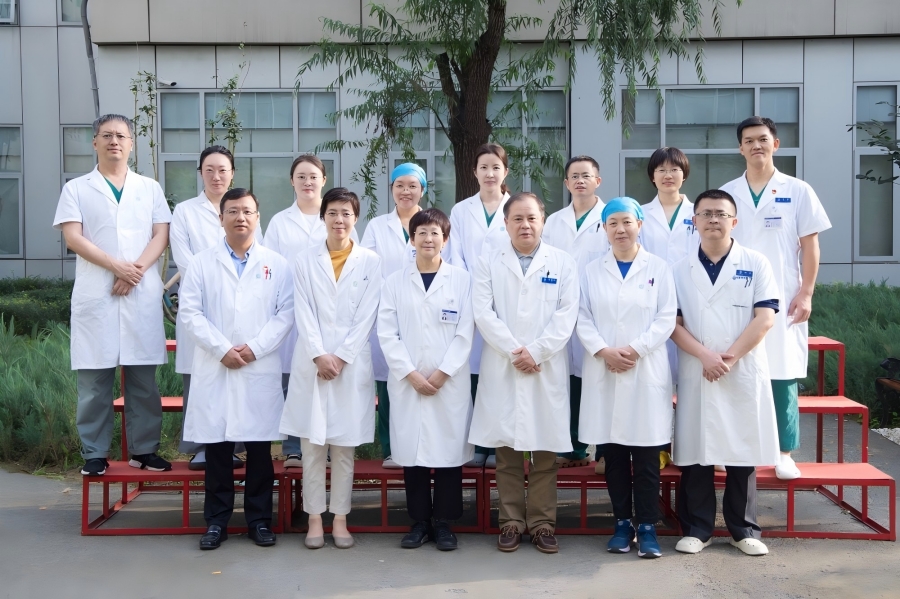
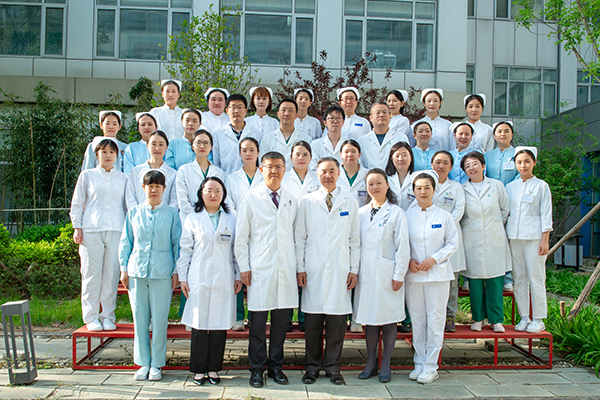
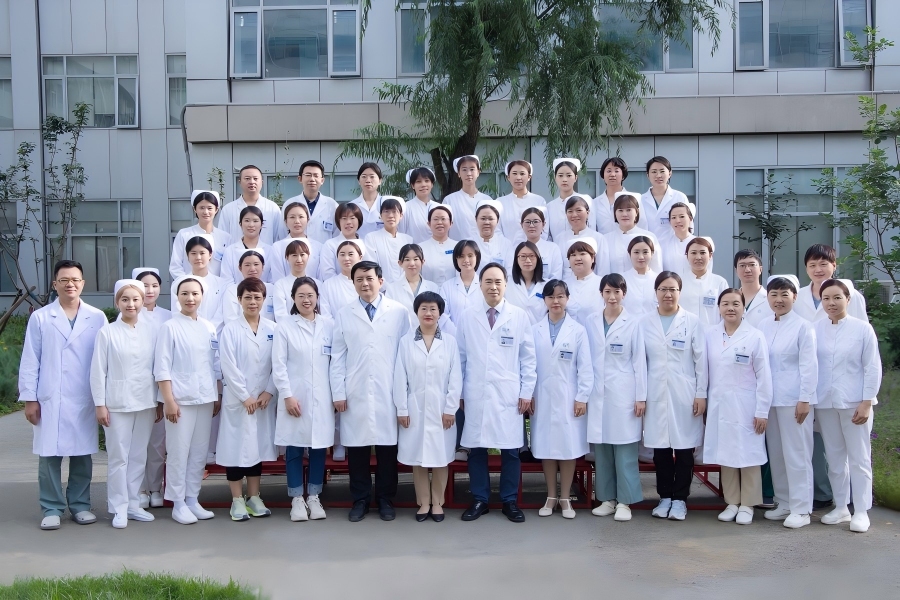
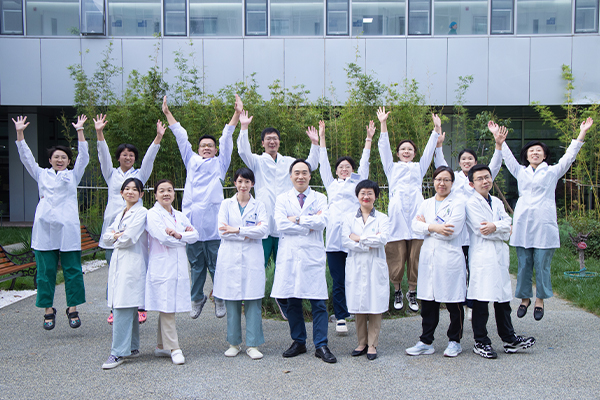
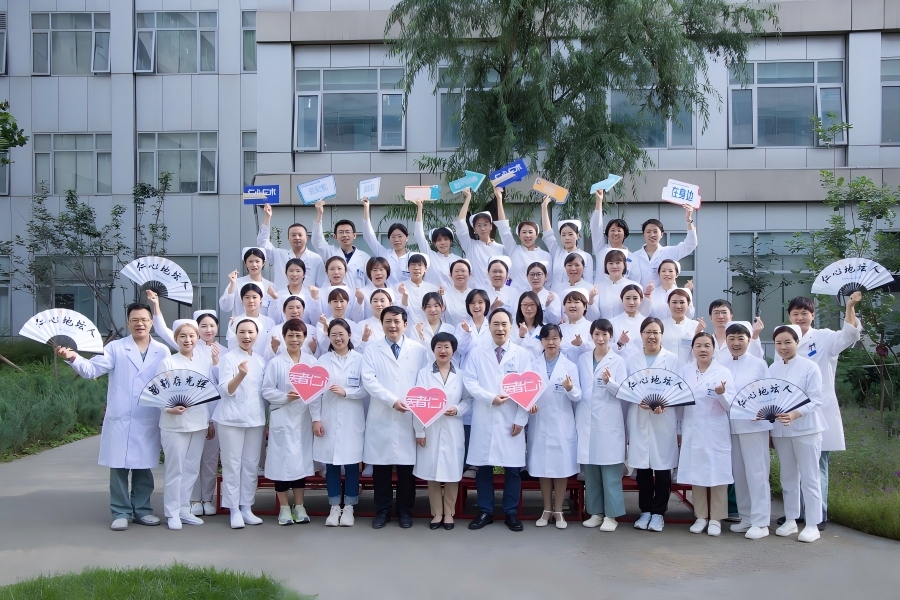
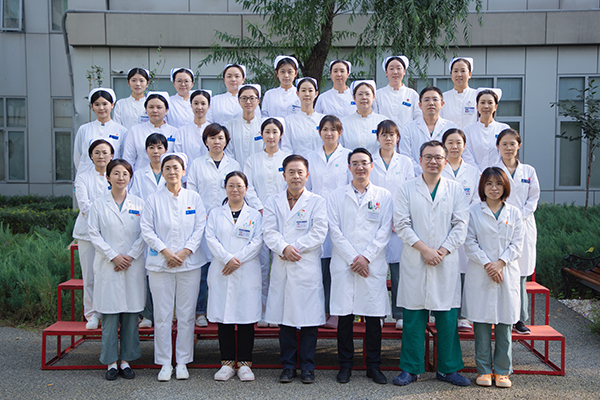
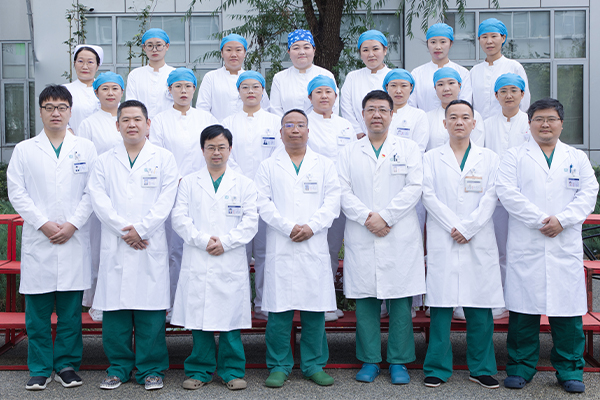
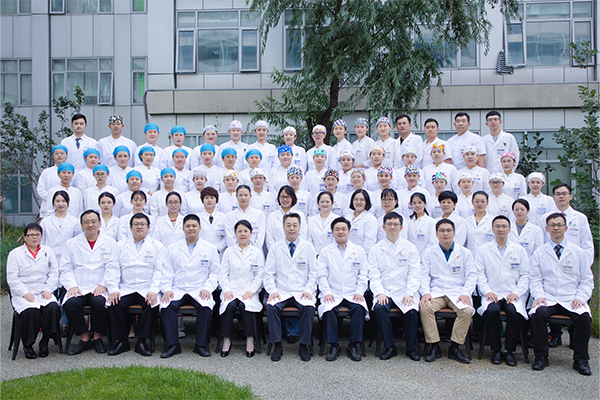
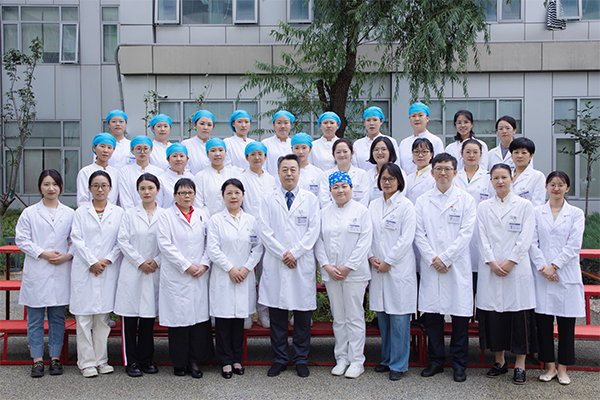
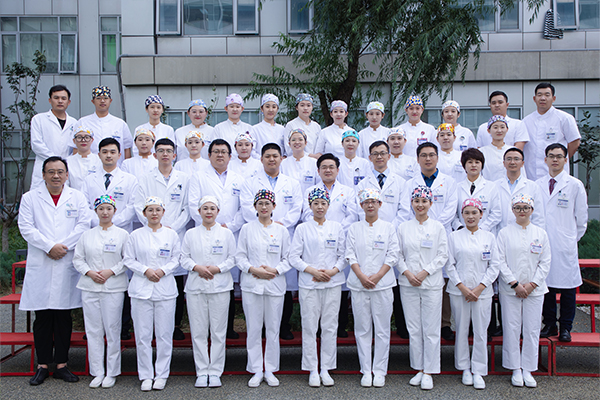
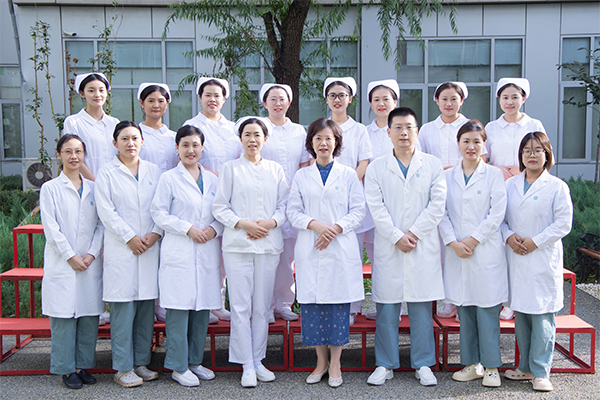
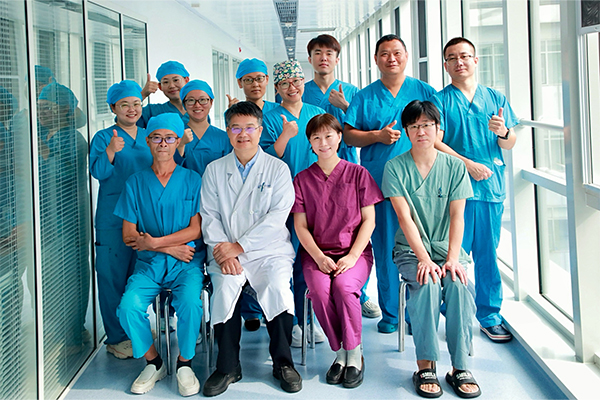
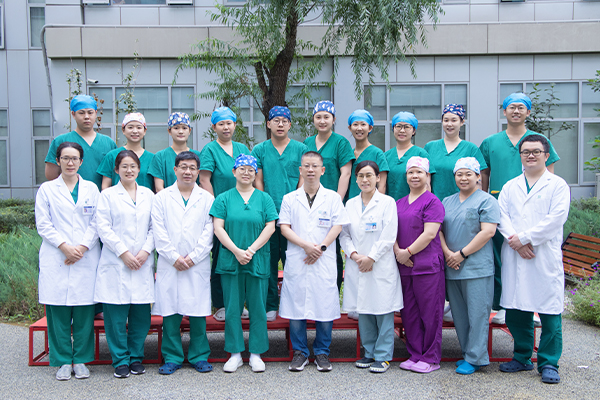
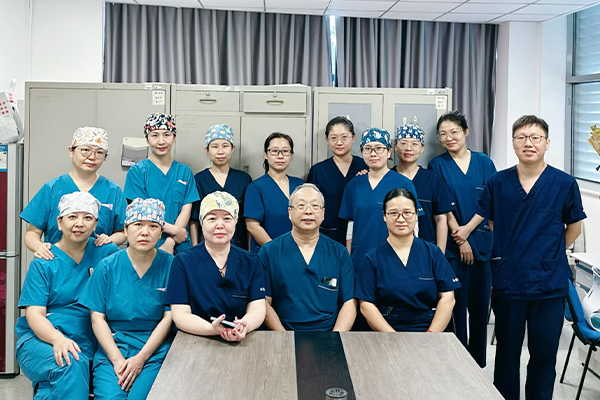
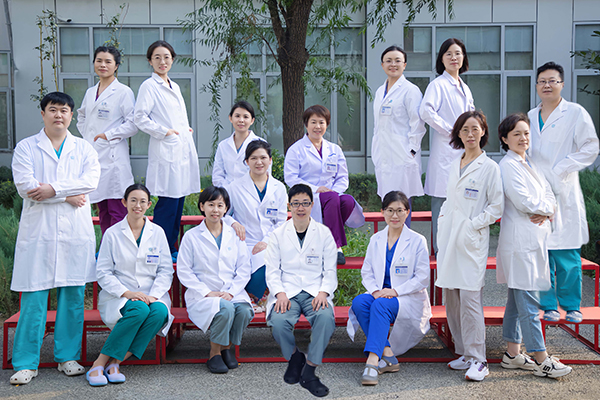
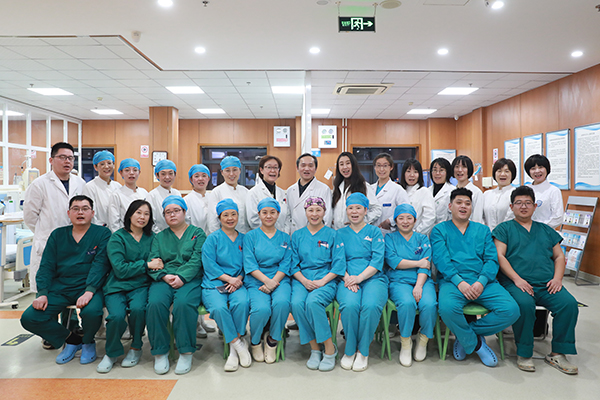
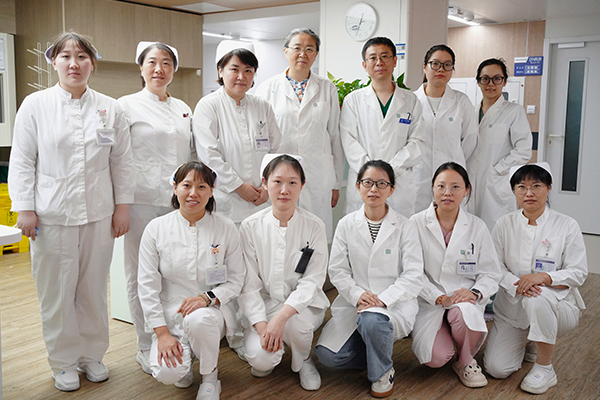
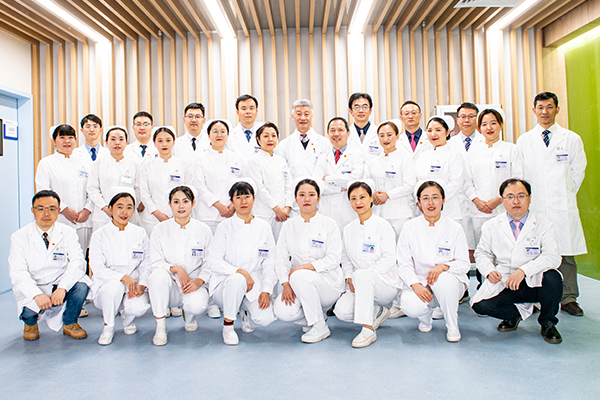
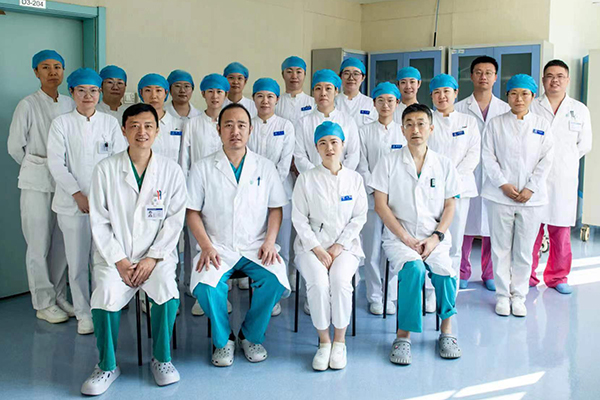
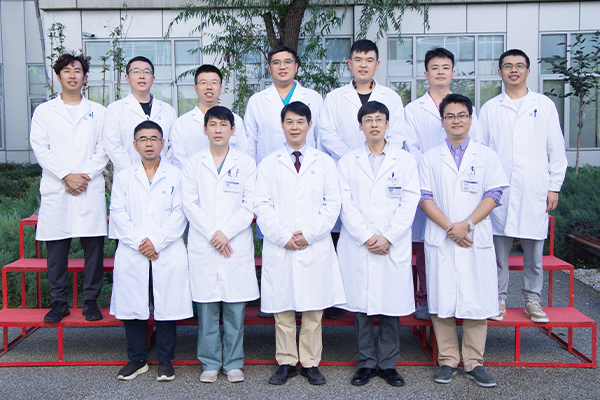
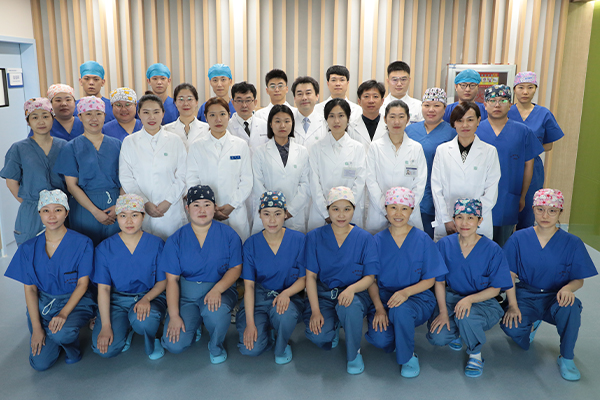
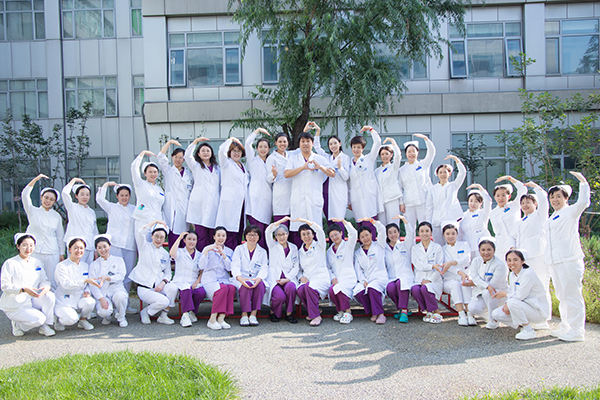
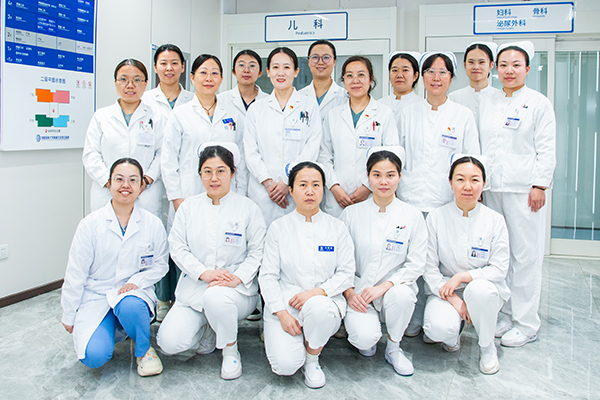
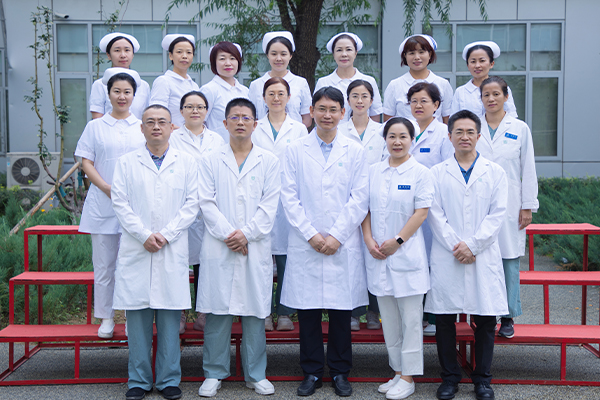
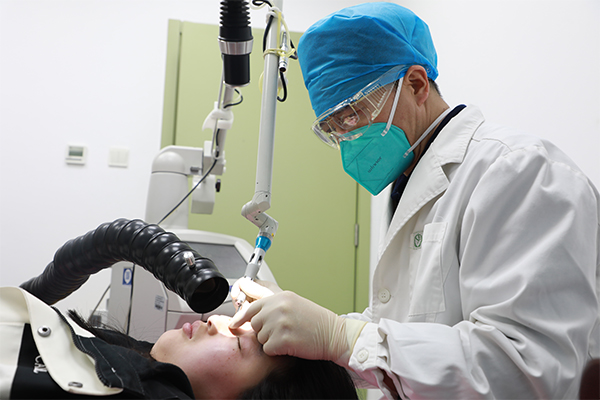
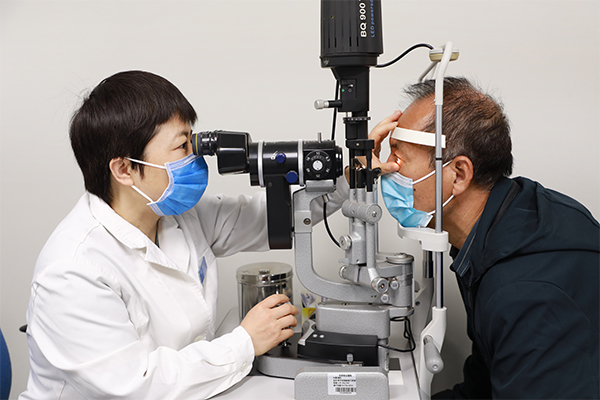
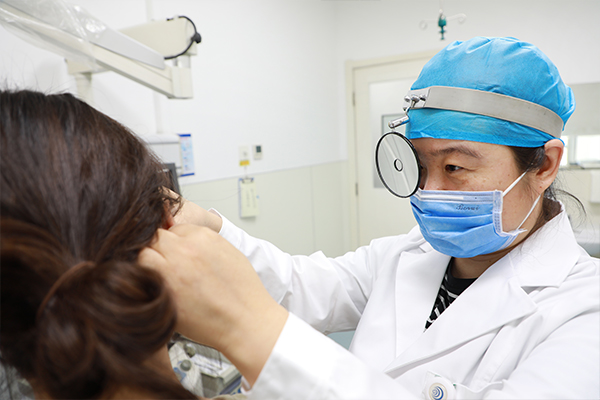
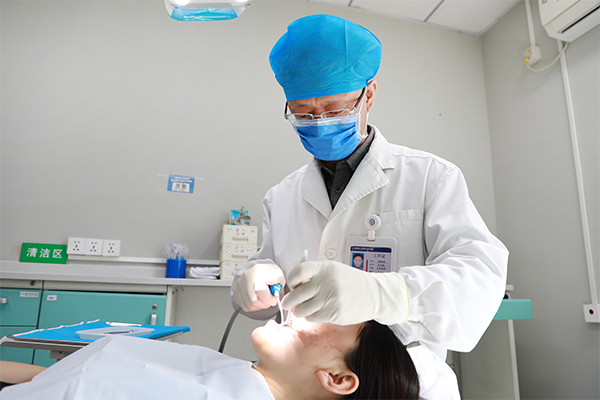
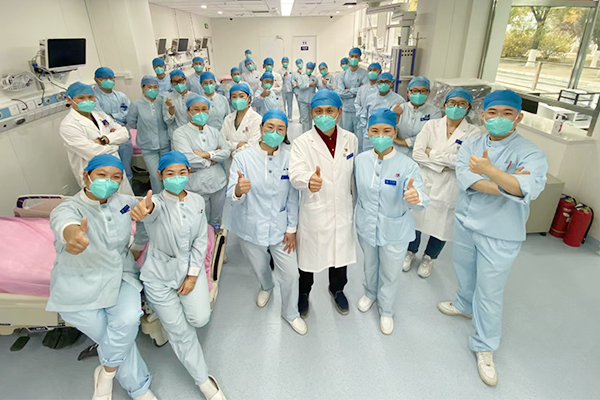
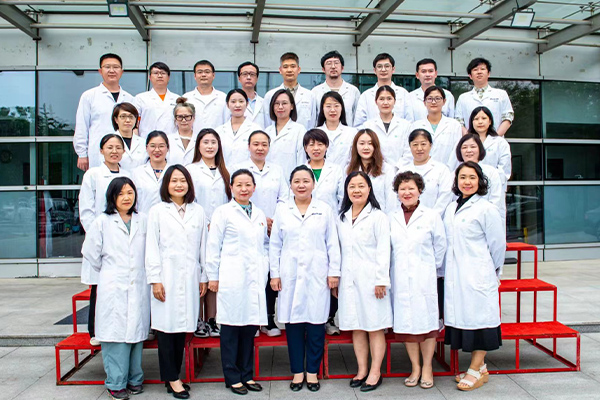
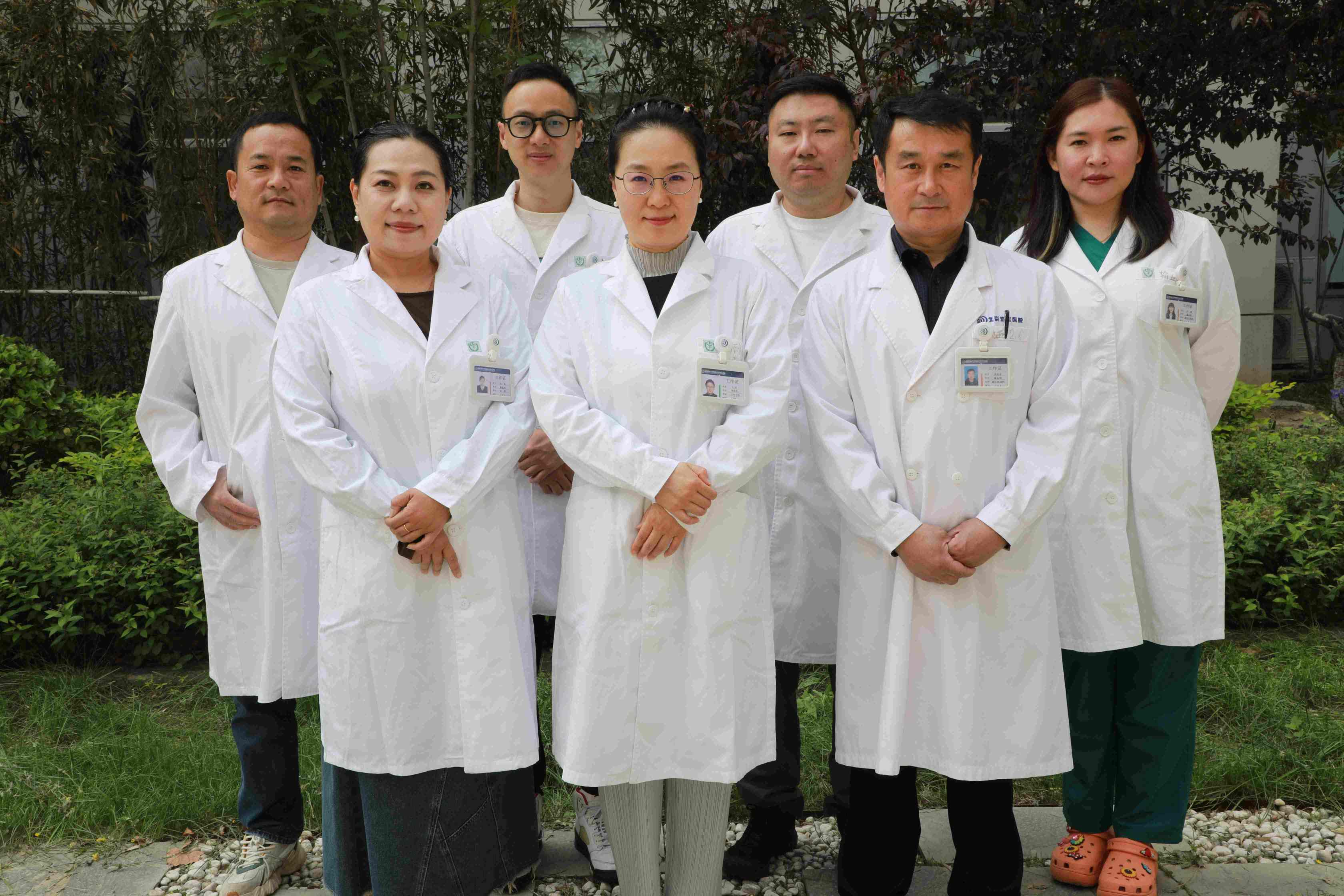
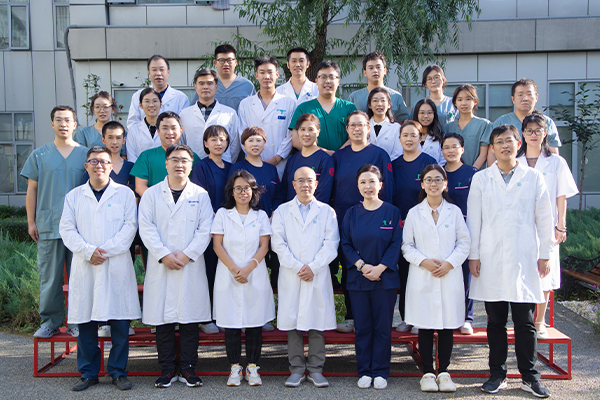
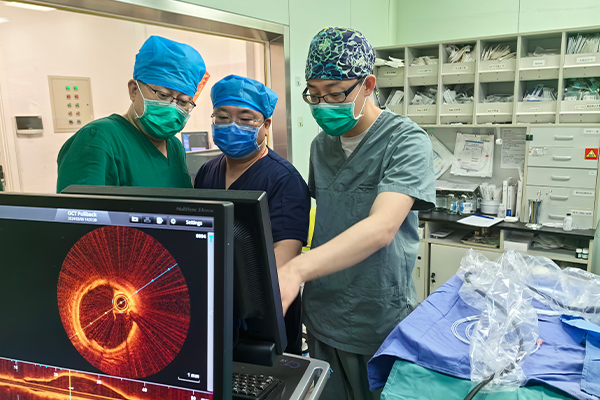
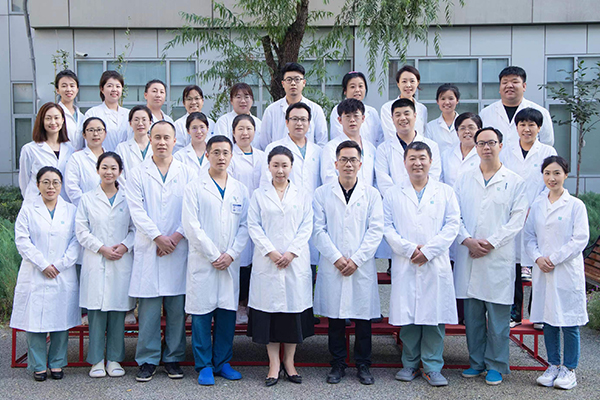
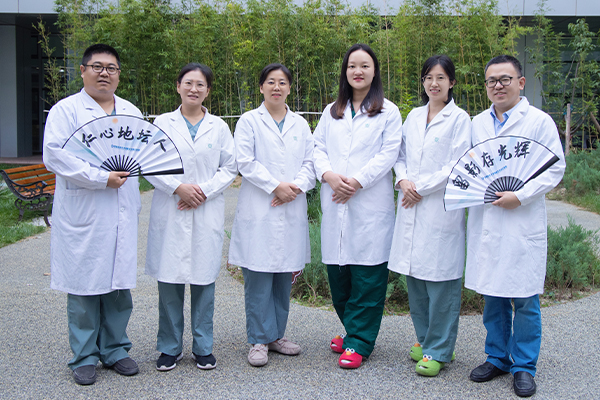
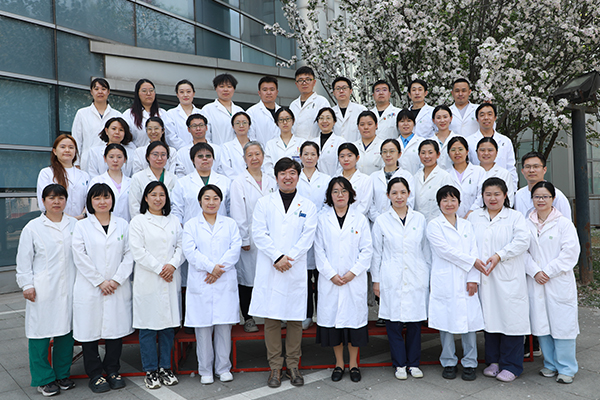
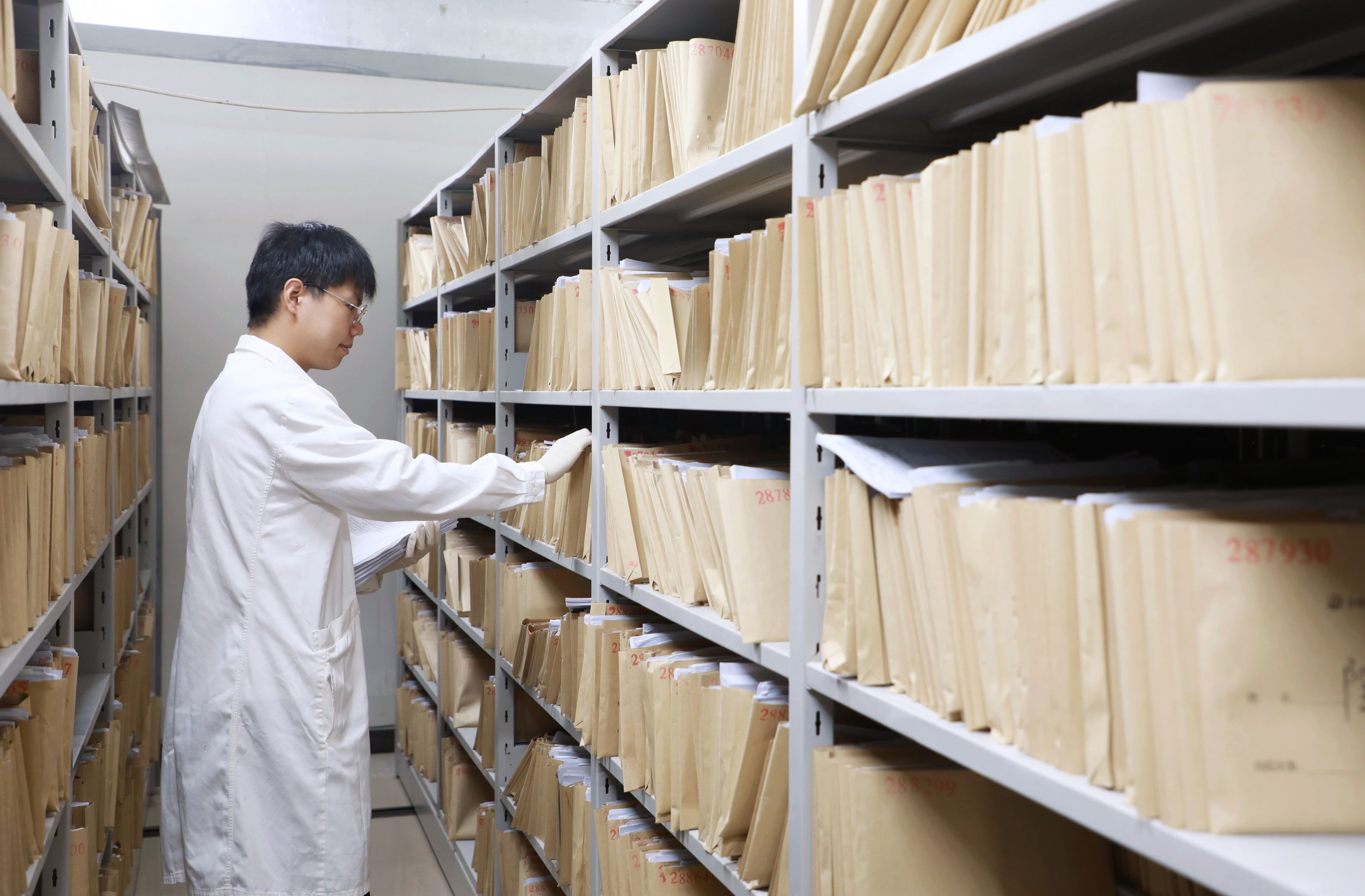
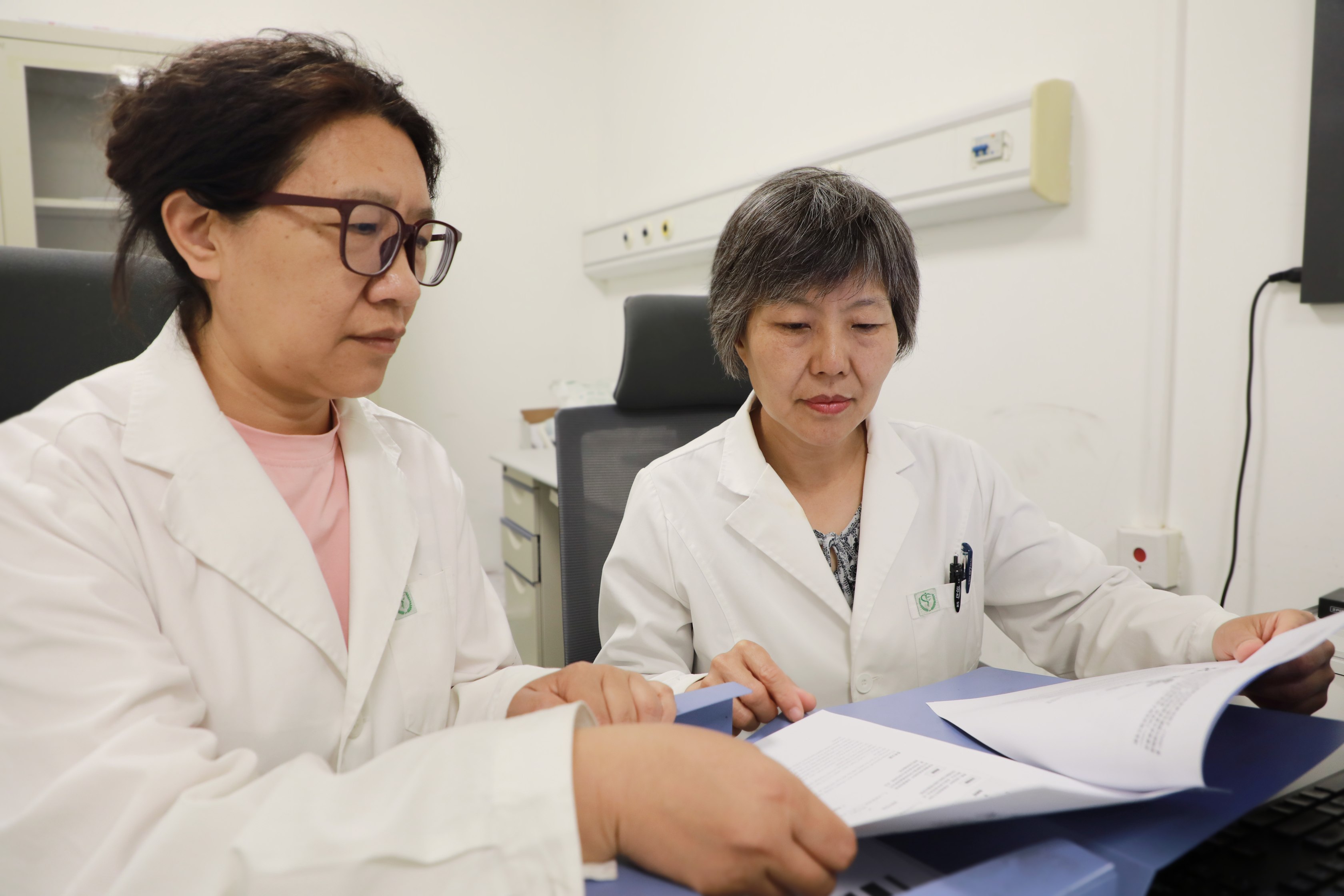
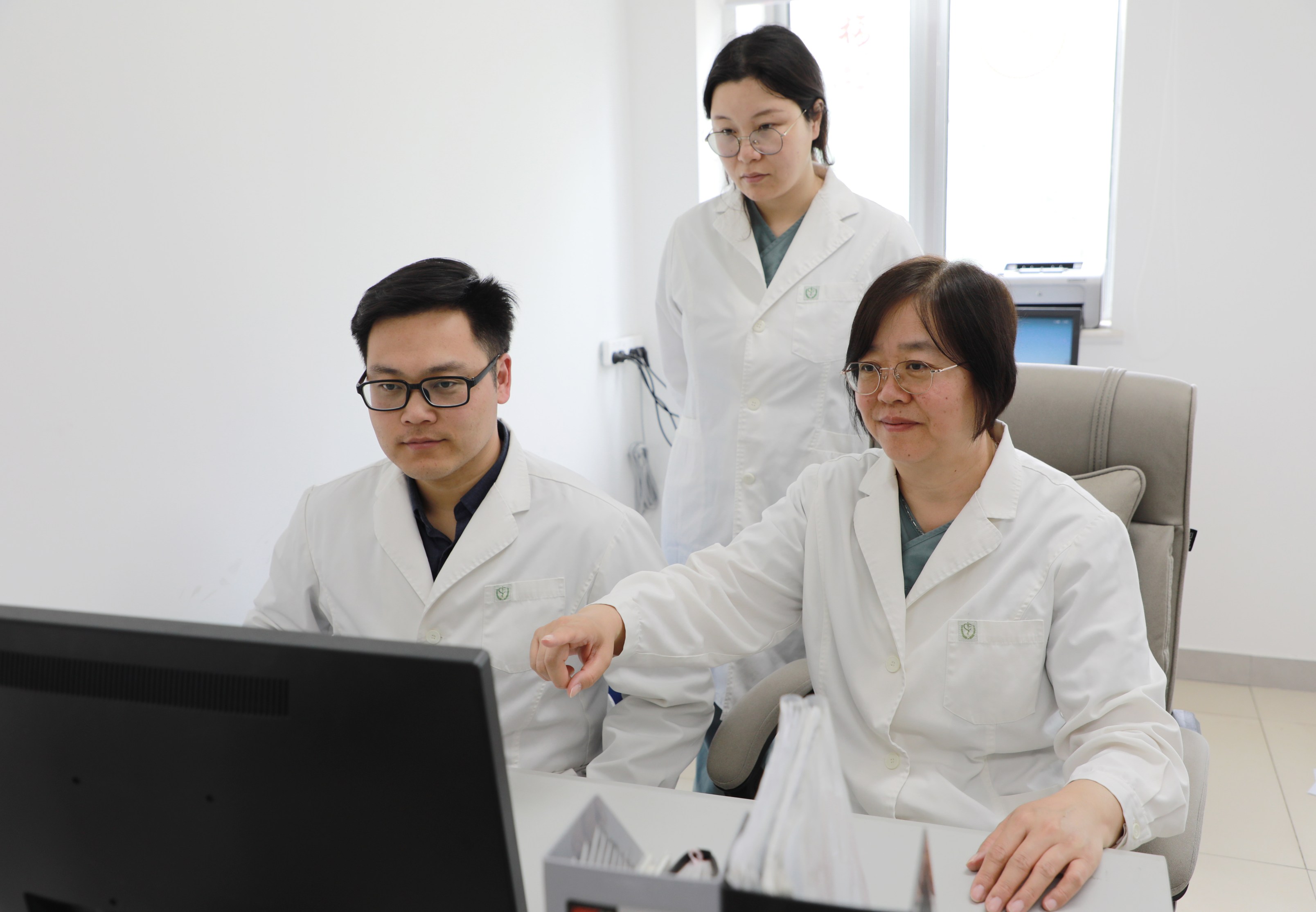
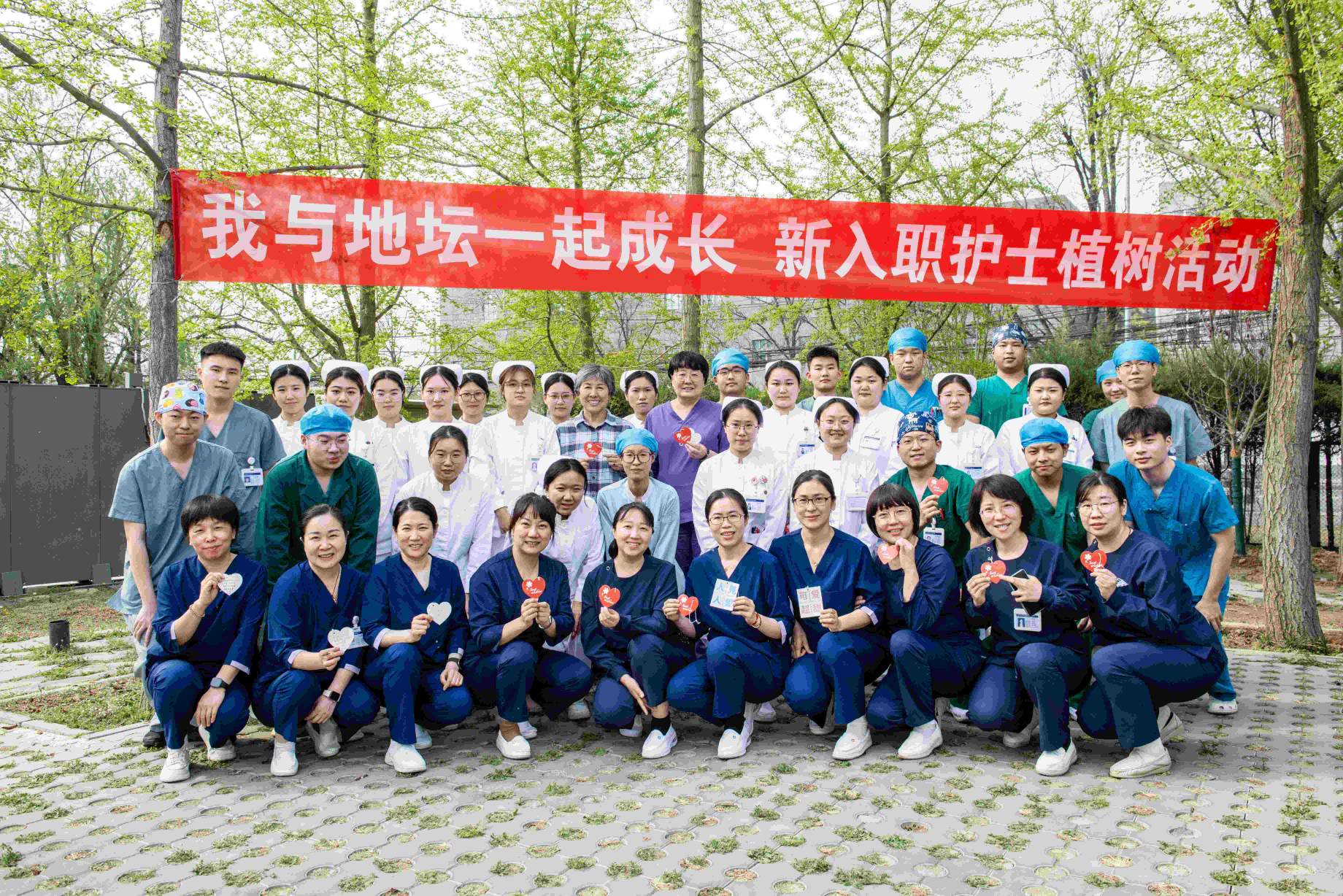
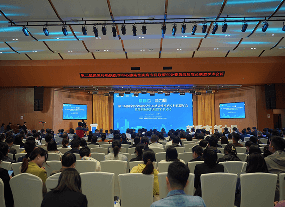
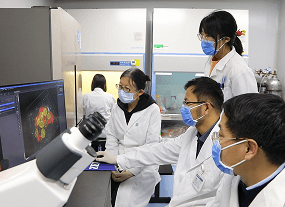
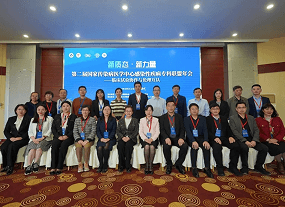
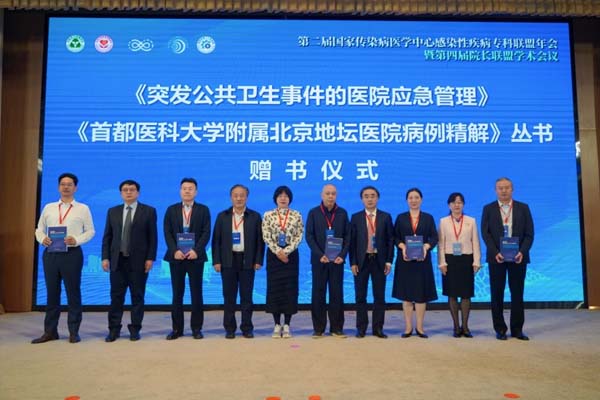



 京公网安备 11010502052111号
京公网安备 11010502052111号